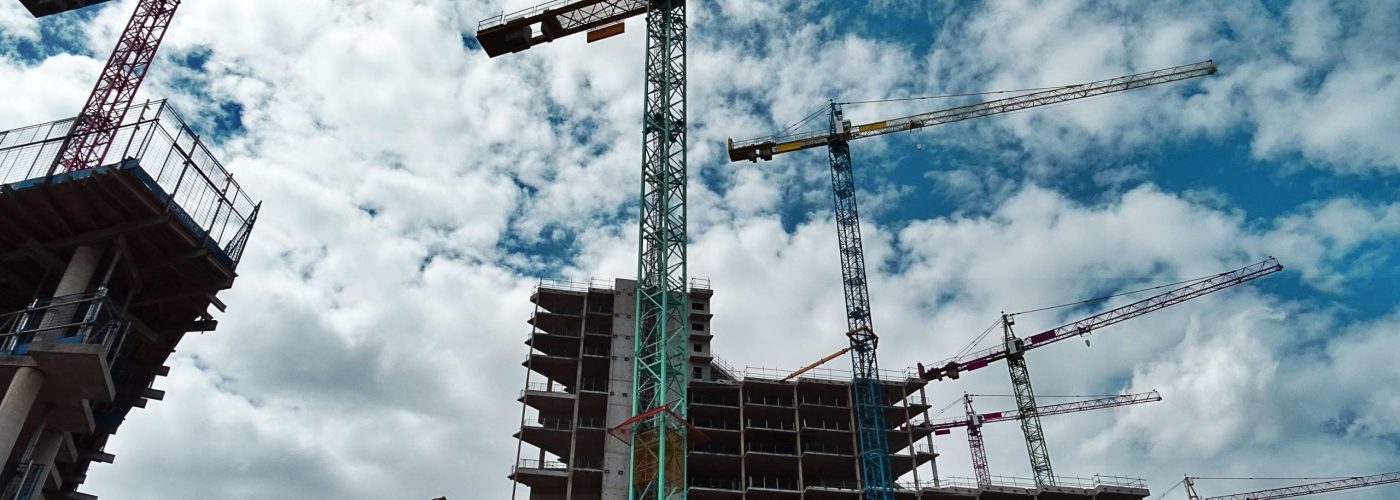A construction site has a lot going on all at the same time. Some of the workers are busy mixing cement, some are working on the structure, some are operating the heavy machinery, and so on. Given how many tasks are simultaneously going on at a construction site, there are a lot of things that can go wrong in an instant. Hence arises the need for proper logistical planning at these sites.
In construction, the term ‘logistical planning’ refers to the utilization of all the resources (materials, equipment, and manpower) in a planned way. This sort of planning is very essential to any type of construction work. To understand its importance, here’s a short discussion on how logistical planning can help things run a lot smoother at a construction site.
Staying on schedule
Construction work is very time-consuming. Even a small-scale project, like building a stretch of road, can take months. Larger projects, like the construction of buildings or bridges, can take years. Hence, time is very valuable in such construction projects. Even the slightest of delays can set you back by days or weeks.
To make sure that your project is on schedule, you need a proper logistical plan and stick to it. Otherwise, you’re bound to run into delays and have to keep extending the project deadline.
Your construction equipment needs to be at the site before the arrival of your workers. The arrangement should be such that the construction workers need not sit idle and wait for their equipment to arrive. Workers must also maintain a work schedule of their own that aligns with that of the project. They need to complete their daily workload before the end of the workday.
The only exception for which delays should be considered is bad weather. Since nature’s force is out of your control, you can’t do much about it other than pushing back the project deadline.
Selection and maintenance of construction equipment
Different projects require different types of construction equipment. And while some of this equipment is common in almost every construction site, most of the equipment varies from project to project.
Diesel generators, for instance, are used in almost every construction site. A diesel generator benefits the project in a lot of ways. They have a low maintenance cost, great fuel efficiency, and service, and can continuously supply the construction site with the necessary power for hours. Apart from the main diesel-powered generators, the site should also have a backup generator for emergencies.
On the other hand, heavy machinery, like cranes, diggers, etc. is chosen based on the type of project. For example, you won’t usually need a steamroller for the construction of a building and a crane for fixing a road.
Maintaining the equipment also falls under logistical planning. Since most projects are bound to take weeks or even months, you have to find a way to keep the equipment at the site. You also need to provide overnight security for the equipment and make sure that they’re operational when work resumes the following day.
Cutting down on unnecessary expenses
A study by McKinsey suggests that the construction industry can save almost $1.7 trillion annually by boosting productivity. That there’s a lack of planning in construction sites which eventually leads to unnecessary expenses.
A lot of these expenses can be saved by ensuring proper logistical planning. This includes maintaining a strict work schedule, bringing in the right type of equipment, proper maintenance of the equipment, and so on.
Sometimes, the expenses increase after the project is over, and that’s also due to poor logistical planning. This happens mostly because of using poor construction material and low-end tools. As a result, once the project is completed or nears completion, certain problems start popping up here and there.
Besides, due to poor planning, workers might even make costly mistakes that need to be fixed before you can hand over the project. For instance, they might have mistakenly fitted an 8-inch pipe instead of a 12 inch one. Thus, when the problem is discovered, not only do they need to replace the pipe, but to do so they need to break the plaster and redo it. If the plans were properly followed and the workers were working efficiently, this scenario wouldn’t have existed.





